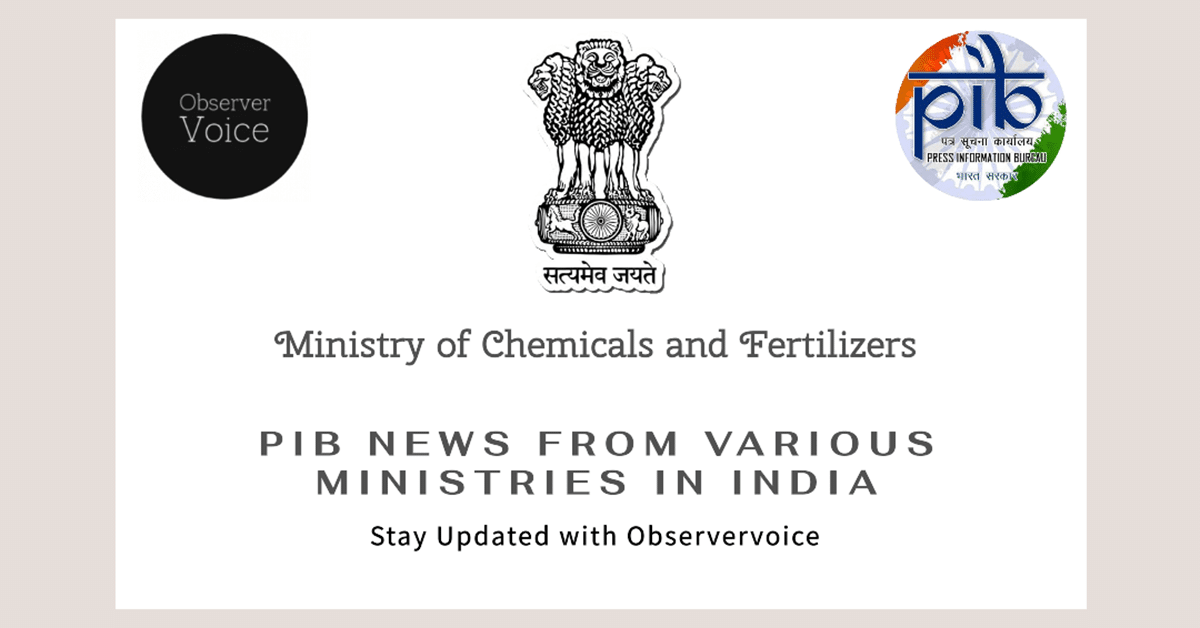Ensuring Adequate DAP Supply for Rabi 2024-25

The agricultural landscape of India is heavily reliant on fertilizers, particularly Di-Ammonium Phosphate (DAP). As the Rabi season for 2024-25 approaches, the Department of Agriculture and Farmers Welfare has assessed that the country will require 52.05 LMT (Lakh Metric Tonnes) of DAP. This requirement is crucial for ensuring optimal crop yields and supporting the livelihoods of farmers across the nation. The government has taken significant steps to ensure that this demand is met efficiently and effectively.
Current DAP Availability and Sales
As of the period from October 1, 2024, to December 3, 2024, the pro-rata requirement for DAP stands at 35.52 LMT. However, the government has successfully made 38.27 LMT of DAP available across various states. This proactive approach has resulted in sales reaching 29.22 LMT during the same period. Additionally, states are currently holding a closing stock of 9.05 LMT of DAP, which provides a buffer against any unforeseen supply disruptions.
The timely availability of DAP is essential for farmers who depend on it for their crops. The government’s efforts to monitor and manage the supply chain have proven effective in addressing the needs of the agricultural sector. By ensuring that DAP is readily available, the government aims to support farmers in maximizing their productivity during the Rabi season.
Government Initiatives for Fertilizer Supply
To ensure a steady supply of fertilizers, the government undertakes several key initiatives each season. Before the start of the cropping season, the Department of Agriculture and Farmers Welfare collaborates with state governments to assess the state-wise and month-wise requirements for fertilizers. This assessment forms the basis for the allocation of fertilizers to different states.
Once the requirements are projected, the Department of Fertilizers issues a monthly supply plan. This plan allocates sufficient quantities of fertilizers to states and continuously monitors their availability. The government employs an online web-based monitoring system known as the Integrated Fertilizer Monitoring System (FMS) to track the movement of major subsidized fertilizers across the country. This system enhances transparency and efficiency in the distribution process.
Regular weekly video conferences are held between the Department of Agriculture and Farmers Welfare and state agriculture officials. These meetings facilitate real-time communication and allow for corrective actions to be taken promptly. By addressing any issues that arise, the government ensures that fertilizers are dispatched according to the needs indicated by state governments.
Addressing the Demand-Supply Gap
The gap between the demand for fertilizers and domestic production is often bridged through imports. The government has made it a priority to finalize import agreements well in advance of the cropping season. This proactive approach ensures that additional supplies of DAP are available when needed.
The Government of India is actively engaging with DAP-producing nations such as Morocco, Egypt, and Saudi Arabia to procure additional supplies. These international collaborations are vital for maintaining a stable supply of fertilizers in the country. Furthermore, the government has implemented the Nutrient Based Subsidy Policy, which has been in effect since April 1, 2010. This policy provides subsidies on notified Phosphatic and Potassic (P&K) fertilizers, including Single Super Phosphate (SSP) and Nano DAP.
By establishing reasonable guidelines for P&K fertilizers, the government ensures that these essential inputs are available to farmers at affordable prices. The commitment to providing subsidized fertilizers reflects the government’s dedication to supporting the agricultural sector and enhancing food security in India.
Observer Voice is the one stop site for National, International news, Sports, Editor’s Choice, Art/culture contents, Quotes and much more. We also cover historical contents. Historical contents includes World History, Indian History, and what happened today. The website also covers Entertainment across the India and World.

